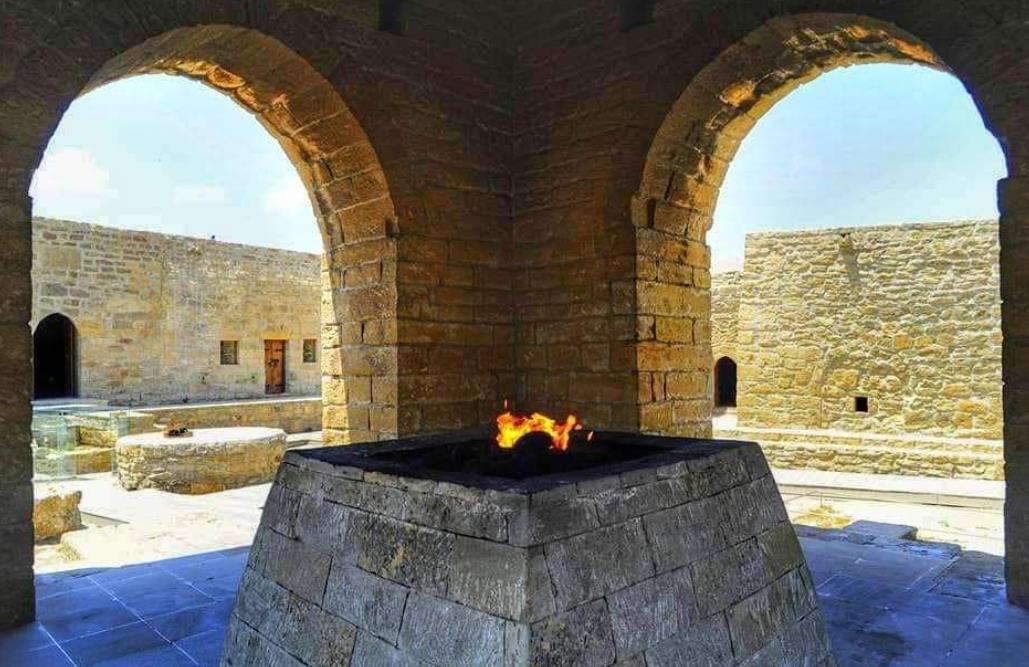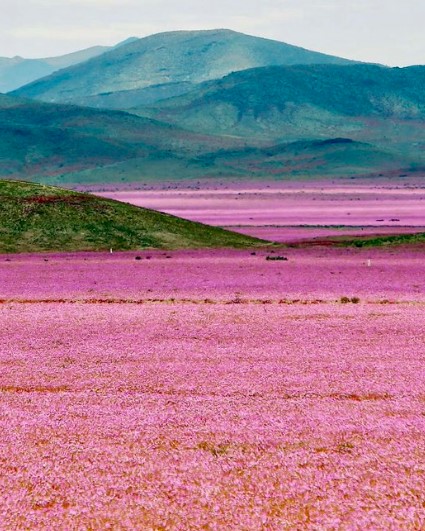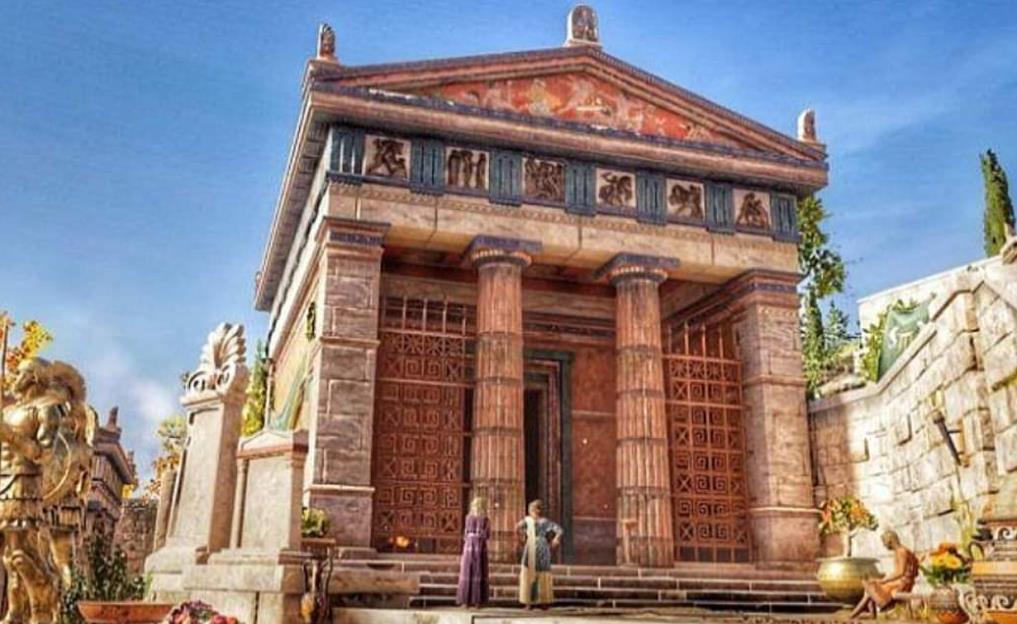Ateshgah is also known as the fire temple of Baku in Azerbaijan. It is one of the three Zoroastrian temples in the world. It is believed that the Ateshgah temple fire was never extinguished. Because natural gas has been rising out of the ground for the past century. Atesgah was built in 1713 AD. The Ateshgyakh Temple resembles a typical town caravansary, which was a type of inn with a sizable central court where caravans would spend the night.
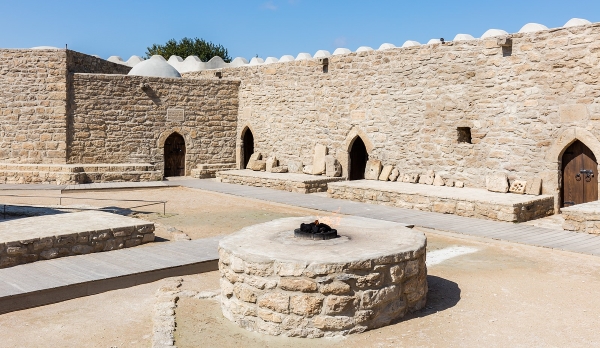
Therefore, it was completely restored to its ultimate condition in 1810, courtesy of Merchant Kançanagaran. The pentagonal building features a tetrapolar-altar in the center of a courtyard encircled by monastic cells.
In the center of the Ateshgah temple, there is a fire that never goes out. Small chambers with claws facing the flames are located around the periphery of the Ateşgah’s raging fire. The rooms that belonged to Ateşgah are now a museum. Atashgah, a Persian toponym, is translated as “house of flames.” The Ateshgah has many inscriptions. With the rare exception of one Persian inscription that appears beneath a corresponding Sanskrit supplication, they are all written in either Punjabi or Sanskrit.
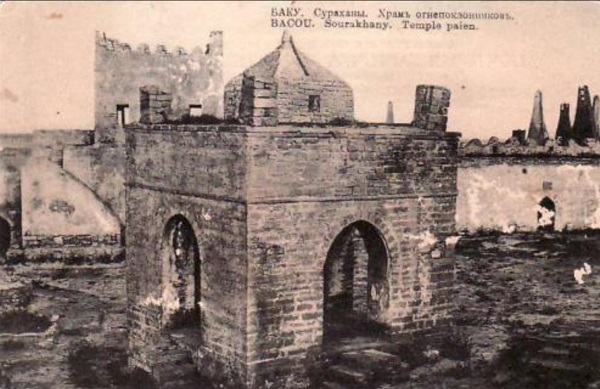
In terms of its architectural features, Ateşgah is quite comparable to city inns. Zoroastrians used to travel to Ateshgah on pilgrimages, where they lived in tiny apartments, saw the fire, and engaged in ritualistic devotion. Once Islam spread in Azerbaijan, Zoroastrians migrated to India. Zoroastrians engaged in trade with the Caspian region through the well-known “Grand Trunk Road,” which used the Baku Ateshgah as a center of philosophy and pilgrimage.
An article titled “The Ancient Zoroastrian Temple in Baku” appeared in the magazine “Men and Women of India” in 1898. The author refers to Ateshgah as the “Parsi temple” and mentions that in the 1860s, the last Zoroastrian priest was dispatched there.
Now, Zoroastrians travel from India to participate in the Ateshgah festival, particularly on March 21, Nevruz. Aside from this, it is a historically significant location that foreign visitors from many nations and students who favor Azerbaijan for their studies strongly value. The Indian ascetics were dedicated to the worship of fire, and the pilgrims were positioned along the walls. Although the history of the Zoroastrian religion in Azerbaijan is chronicled at the Ateshgah Museum in Baku,. Zoroastrianism, which was formerly the predominant religion in Iran and Azerbaijan, has its center in museums. Religious objects from various classical and pre-classical cultures in the area are also housed in the museum.
A vent from a subsurface natural gas field right beneath the complex previously fed the fire, but in 1969 it was extinguished due to extensive mining of the region’s natural gas deposits during Soviet authority. Currently, Baku’s main gas supply is pumped in to fuel the museum’s fire.
Read More: The Remarkable Treasury of the Athenians in Delphi, Greece
